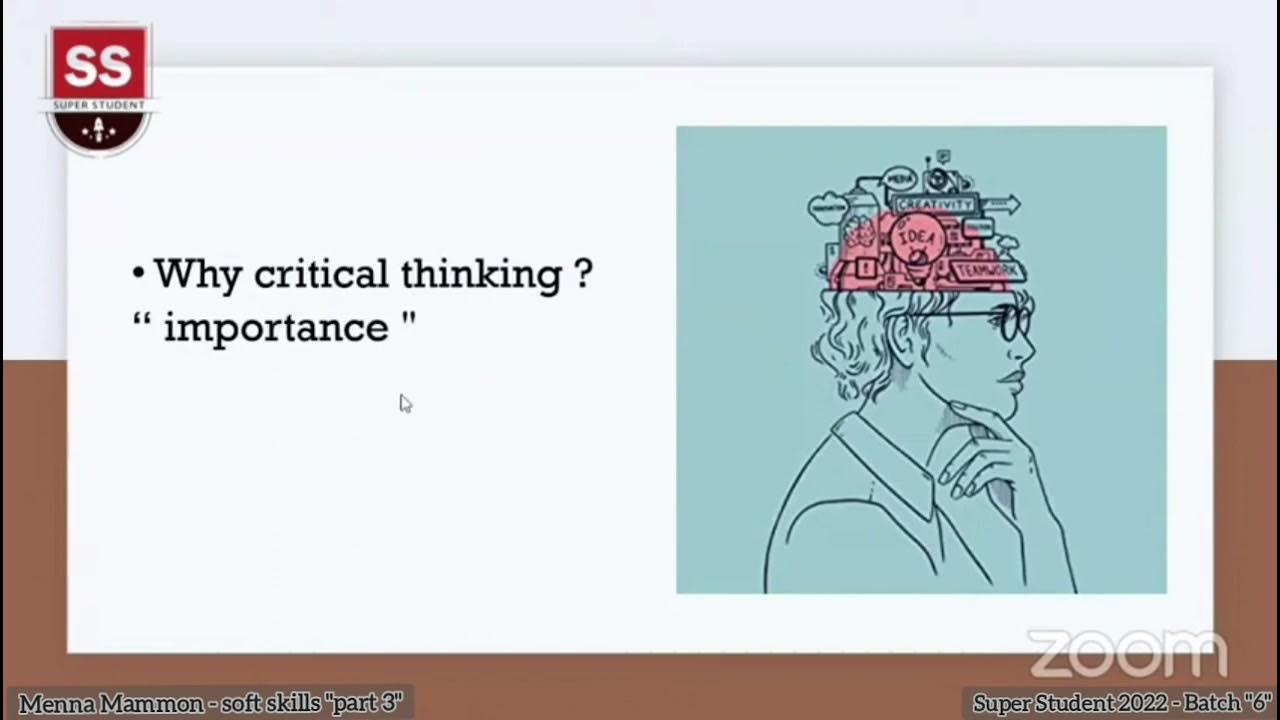kelompok 15 positif HOPE
Summary
TLDRThe presentation explores the theory of hope, emphasizing its critical components: goal-setting, pathway thinking, and agency thinking. It illustrates how these elements interact to influence motivation and behavior, supported by a cycle that shows the relationship between goal achievement and emotional responses. Various measurement scales of hope are introduced, and the application of hope in academic success, athletics, health behaviors, and psychotherapy is discussed. Ultimately, the theory highlights hope's essential role in enhancing psychological well-being and facilitating personal growth by enabling individuals to set clear goals and remain resilient in the face of challenges.
Takeaways
- 😀 Hope is defined by three main components: goals, pathways thinking, and agency thinking.
- 😀 Goals provide individuals with direction and focus in their efforts.
- 😀 Pathways thinking refers to the ability to identify multiple routes to achieve one's goals.
- 😀 Agency thinking reflects the belief in one's capability to utilize pathways to reach goals.
- 😀 The hope cycle consists of pathways and agency thinking, influencing outcomes and emotional responses.
- 😀 Achieving goals leads to positive emotions, while failures can cause disappointment and affect future behavior.
- 😀 Three measurement tools for hope include the Trait Hope Scale, State Hope Scale, and Children's Hope Scale.
- 😀 High levels of hope are linked to better academic performance and success in athletic competitions.
- 😀 Individuals with high hope are more likely to engage in healthy behaviors and maintain psychological well-being.
- 😀 Hope plays a crucial role in therapy, helping clients believe in the possibility of positive change.
Q & A
What is the main focus of the presentation?
-The presentation focuses on 'Hope Theory,' which explains how hope influences individuals' ability to set goals, identify pathways to achieve them, and maintain agency in the face of challenges.
What are the three key components of Hope Theory discussed in the presentation?
-The three key components are Goals, Pathways Thinking, and Agency Thinking. Goals provide direction, Pathways Thinking refers to the ability to identify multiple routes to achieve goals, and Agency Thinking reflects the belief in one's capability to pursue these routes.
How does Pathways Thinking contribute to achieving goals?
-Pathways Thinking allows individuals to find alternative routes when they encounter obstacles, enhancing their ability to reach their desired outcomes.
What role does Agency Thinking play in Hope Theory?
-Agency Thinking represents the motivational aspect of hope, highlighting an individual's confidence in their ability to utilize available pathways to achieve their goals.
What model is presented to illustrate the relationship between Pathways Thinking and Agency Thinking?
-The model shows that Pathways Thinking and Agency Thinking interact to influence outcome values, which reflect the importance of achieving goals. Positive or negative emotions resulting from goal attainment impact future motivation and agency.
What are the three measurement tools for assessing hope mentioned in the presentation?
-The three tools are the Trait Hope Scale, State Hope Scale, and Children's Hope Scale, each designed to measure different aspects of hope in individuals.
In what ways can Hope Theory be applied in academic settings?
-Hope Theory can enhance academic performance by encouraging students to adopt hopeful thinking patterns, which facilitate better learning strategies and academic achievement.
How does Hope Theory relate to athletic performance?
-Athletes with higher hope levels tend to perform better, as they are more capable of identifying optimal routes to their sports goals, especially during stressful competitive situations.
What is the significance of hope in health behavior?
-Hope is linked to preventive health behaviors, motivating individuals to engage in practices that promote health and well-being.
How does Hope Theory contribute to psychological well-being?
-Hope is crucial for maintaining a positive mindset and motivation, helping individuals cope with challenges and enhancing their overall psychological health.
Outlines

This section is available to paid users only. Please upgrade to access this part.
Upgrade NowMindmap

This section is available to paid users only. Please upgrade to access this part.
Upgrade NowKeywords

This section is available to paid users only. Please upgrade to access this part.
Upgrade NowHighlights

This section is available to paid users only. Please upgrade to access this part.
Upgrade NowTranscripts

This section is available to paid users only. Please upgrade to access this part.
Upgrade Now5.0 / 5 (0 votes)





